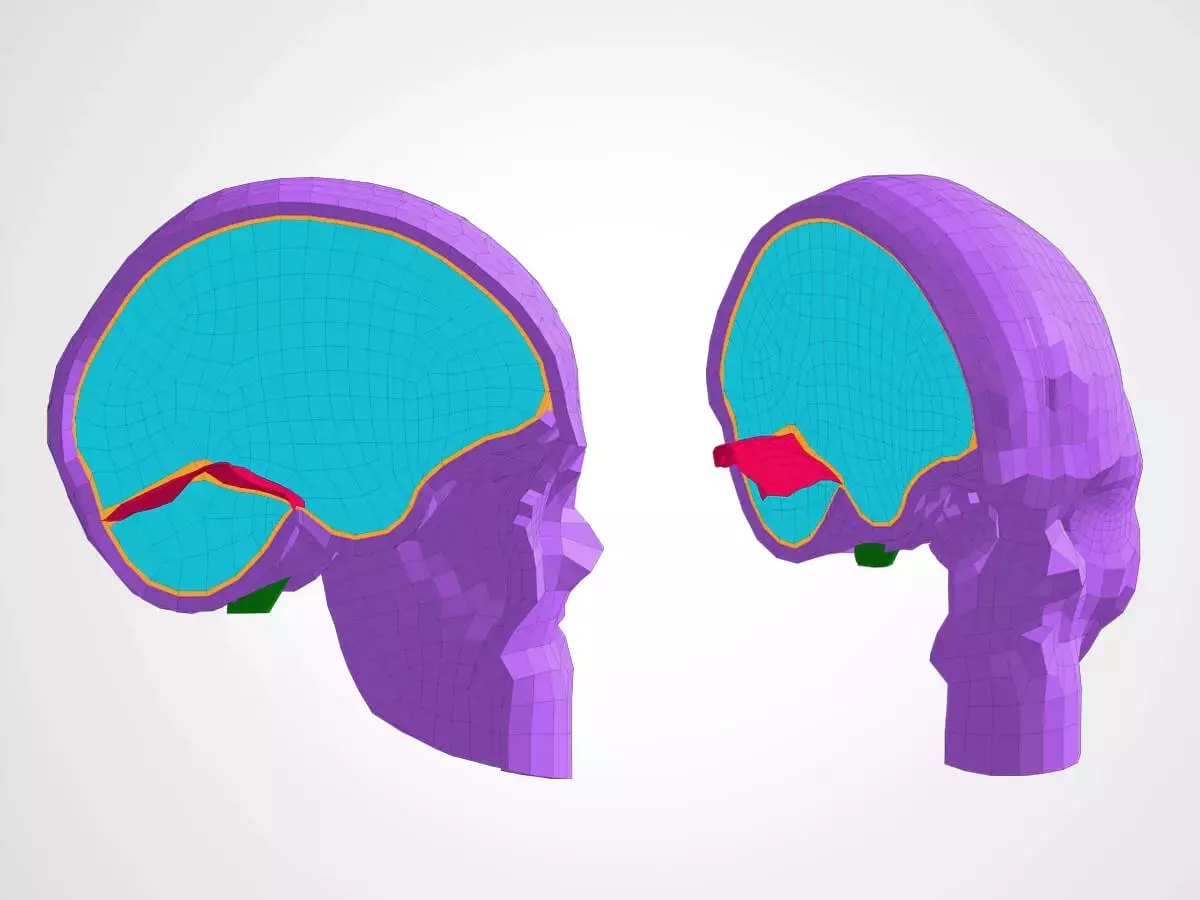In a car crash, often the most serious injuries are those to the human brain.
OEMs have come a long way in terms of passive safety measures to help protect this vulnerable area, however head trauma remains difficult to analyze and therefore harder to prevent. Think of it this way: when you fracture a bone or cut your flesh, the damage is obvious even to the casual observer. However, traumatic brain injuries can be much more complex, involving not only bone and flesh but also the internal lining, tissues and blood vessels – not to mention the neurological system that controls motor skills, speech, hearing, vision and even personality.

There is no single test that can diagnose such an injury.
Rather, there exists a broad system of patient analysis which first involves questioning and clinical evaluation and from there may progress to one or more diagnostic tests including an X-ray, Magnetic Resonance Imaging (MRI), Computed Topography (CT) scan and Electroencephalogram (EEG). In some cases, the specific area of trauma is not found by one of these methods and remains undiagnosed.
I’m sure we can all agree that the best defense against traumatic brain injuries is to prevent them in the first place, but designing safety features for this area is harder than you may think. To address the problem, researchers at the Strasbourg University have developed a finite element (FE) model of the human head. This state-of-the-art solution, called the Strasbourg University Finite Element Head Model (SUFEHM), is a detailed computer model which has the unique capability of predicting real-world human head injury in a crash. This advanced head model has been validated for many impact conditions and meets the criteria for assessing the risk of injury to the skull and brain.

The SUFHEM Box is a desktop application that runs the model internally so that no user FE experience is needed. The application allows for specific types of impacts to be input by the user, and in addition to computing traditional linear acceleration criteria, it also calculates rotational acceleration criteria for a more accurate and detailed assessment of injury risk to the head. Currently, Euro NCAP is considering the advanced head injury data calculated by SUFEHM Box for future inclusion in its assessment protocol.
We at Humanetics are excited to partner with SATT Conectus Alsace, the technology transfer affiliate of the university, to serve as a global distributor for SUFEHM. We’re always looking for ways to broaden our scope of protecting human lives, and we hope that this alliance will bring more cutting-edge technology not only to worldwide automotive markets, but also to other areas such as helmet design and other diverse applications in the future.

Anne Raab
Anne is the Marketing Lead for Humanetics Safety in Europe, residing in the beautiful city of Heidelberg, Germany. She works closely with both our Passive and Active Safety teams to bring the latest events and communications to the industry.